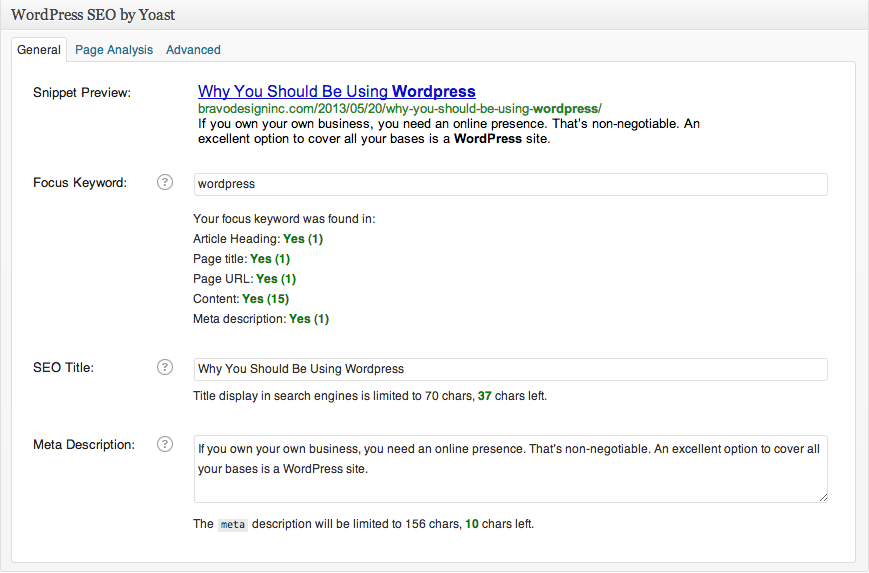Crafting high quality headlines that resonate with readers is one of the most deceptively difficult components of writing for several different reasons.
For starters, headlines need to draw attention to your topic and attract the right readers. We could write “Justin Bieber has nervous breakdown on stage” on the Bravo Design, Inc. blog and receive 10,000 hits, but it wouldn’t really help our business. Unless, we missed this huge market that loves both the Beebs and graphic design, but I’m pretty sure I already looked into that. Second, they need to relay context. And third, headlines should assure prospective readers that the time and energy they invest will yield a positive return. All of this is made harder by the fact that all three boxes should be checked in around 10 words.
So with no further ado, here are tips on improving your headlines.
The Mosquito Bite
One method to use is intrigue. By enticing readers to discover more, you provide compelling reasons for them to click on an article then move from the headline to the next line to the next.
“The Information Gap Theory,” was made famous by George Loewenstein, a leader in the field of behavioral economics and professor at Carnegie-Mellon. According to Loewenstein, curiosity is brought about when we feel a gap “between what we know and what we want to know.” Jonah Lehrer of Wired Magazine succinctly summarizes this by writing, “This gap has emotional consequences: it feels like a mental itch, a mosquito bite on the brain. We seek out new knowledge because that’s how we scratch the itch.”
Just remember: if you give up all the pertinent information in the headline, people won’t feel the need to read more so focus on the itch first and the scratch second.
What to Post
e.g., “You have a problem; we want to help you. Here are X, Y and Z solutions.”
People want useful information, especially when it provides solutions to problems or offers tips that improve their lives making them easier and/or better. Lists and how to articles foot the bill here along with pieces that answer the five W’s (who, what, why, when and where) These types of posts are perfect for building your authority and demonstrating your area of expertise which is critical for business blogging.
Incorporating Keywords
Should you utilize keywords in headlines? Yes, absolutely. We probably wouldn’t use the title, “How to find a graphic designer, graphic design studio, graphic design agency Los Angeles,” but who knows? I like a shameless promo plug every now and then. No, I’m kidding.
Write for an audience in their terms using your keyword research. These terms can be related to anything from problems to solutions to brand names to service offerings. It’s a win-win because you’re able to engage readers and attract search based traffic.
What NOT to do + Other Headline Landmines
I’ve said it numerous times in the past, but your products and services won’t appeal to everyone. Bummer, I know. But what’s worse is watering content down for mass appeal. I’ve made this mistake and really encourage you not to do the same.
Other things to avoid are overselling, fear mongering, trickery, desperation, hubris (desperation’s distant cousin) and the obvious ad. All of which are likely to scare prospects away before they go from browser to reader.
Practice Writing Headlines
With print media you don’t get to try multiple headlines for national audiences. You pick one, the material gets shipped, and you hope for the best. But with social media platforms like Twitter and Facebook, you can test different headlines to see which garners more attention, and it’s very much measurable.
Just keep in mind that with practice, you can only get better (even if all signs point to the contrary), especially if you’re providing useful information with real problem.






